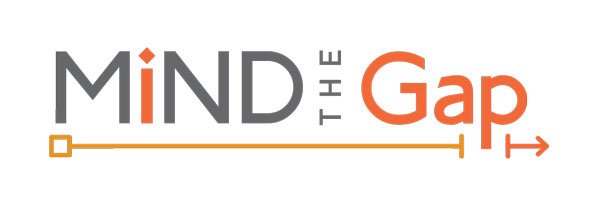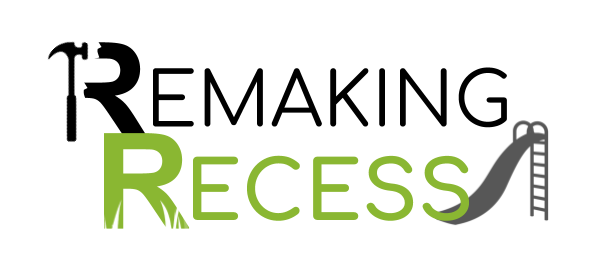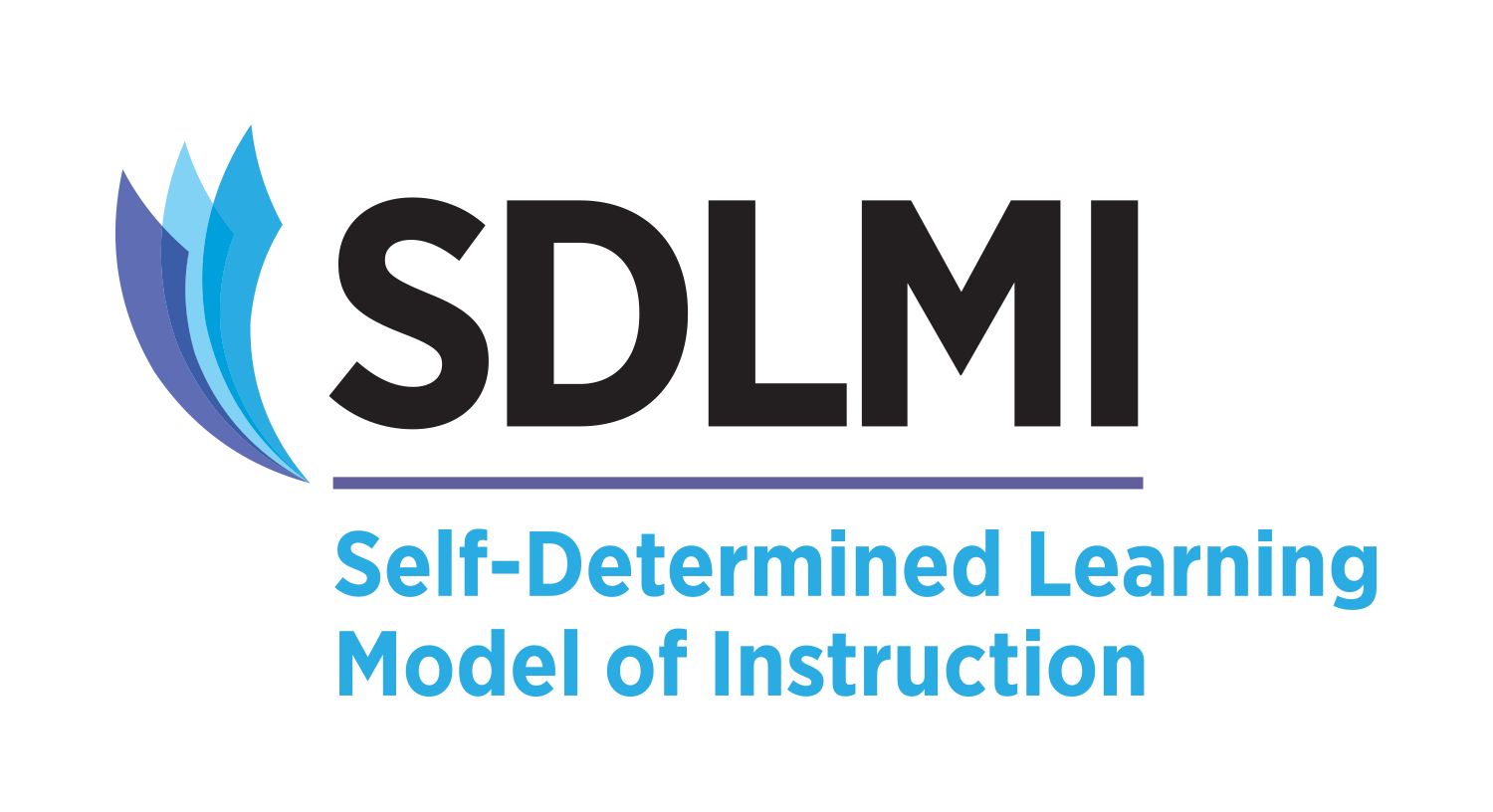AIR-B IV
The AIR-B team was awarded funding for a fourth research project scheduled for 2020 to 2025 to once again provide support to under-resourced communities. We aim to reach people who have been underserved and under-represented in previous research. AIR-B IV continues to use community-partnered participatory research to connect with communities. AIR-B IV would also be an ‘implementation science’ study. Implementation science is the study of how well tools and research are being put to use.
We work with the community to research and sustain the use of effective autism interventions. In our previous work, we already tested and developed tools within low income and diverse community settings. In AIR-B IV, we plan to use the tools we have already developed and test strategies for bringing them into the real world, with the goal of increasing their sustainability.
The system AIR-B IV tested was called UNITED – “Using Novel Implementation Tools for Evidence-based Delivery.” UNITED is a team based approach built together with our partners. It allows for greater ownership of the whole research process by communities. UNITED uses our social network tools to choose the members of the team who will do each intervention at each agency. UNITED also uses parts of “Team Strategies and Tools to Enhance Performance and Patient Safety” as a set of tools to improve teamwork. These tools were developed by the United States Department of Defense and the Agency for Healthcare Research and Quality.
For the first time, we will be training people remotely so they can use interventions themselves. AIR-B provides training and acts in a supportive role. The staff and communities do the work. We will be watching to see what obstacles they face and if the work can be sustained.
School Leader Corrie Janssen's testimonial on UNITED and SDLMI
For AIR-B IV we took three proven tools from past research. We worked to make these tools easy for staff and community partners to learn and use. The three interventions are described below.
Mind the Gap
Parent Spanish:
http://www.livebinders.com/play/play?id=2382293
Parent English:
http://www.livebinders.com/play/play?id=2382863&backurl=/shelf/my
Parent Korean:
http://www.livebinders.com/play/play?id=2439128
Mind-the-Gap was created in AIR-B III as a tool for connecting families to local resources for children diagnosed with an autism spectrum disorder. Our previous work focused on the time just after a child is diagnosed with autism or another neurodevelopmental disorder. We developed AIR-B alongside the community, and focused on what they said they needed.
For AIR-B IV we gathered peer navigators, parents who had worked with our partners and also have a child with autism. We trained these navigators in Mind-the-Gap so they could work directly with family members. To help, we provided a variety of materials. We translated this into English, Spanish, and Korean to meet a wider range of family’s needs.
The current study does Mind-the-Gap training remotely and the peer navigators can also work remotely to carry out the intervention. After getting training, we also coach navigators as they bring Mind-the-Gap to families. The navigators are assigned to parents who have a child under the age of 8 that has been recently diagnosed.
Remaking Recess
Remaking Recess is a playground-based intervention developed during AIR-B II. It was developed with the community and named by one of our partners with autism. It aims to ‘remake recess’ at school by creating a more inclusive and educational environment during recess. School settings are where children learn social skills with other children their own age. The adults create and maintain this environment, and can help make recess more positive. Remaking Recess gives school staff the tools they need to help children with an autism spectrum disorder or other neurodevelopmental disorder.
We remotely train school staff and follow-up by coaching them on how to help children on the playground. We work with staff to help children achieve their social goals. The students with autism required for this study are in elementary school and range from 5 to 12 years of age.
Download the manual and get more information at the Remaking Recess Website
Self-Determined Learning Module of Instruction
The Self-Determined Learning Model of Instruction helps adolescents with autism to learn to set and pursue their own goals. SDLMI is all about ‘self-determination’, the ability to take action in your own life to attain your own goals. Through a three-part process, the students learn skills for success later in life. Teachers and other staff are trained to take students through this process. They help these adolescents make their own goals, make their own plan, and repeat the process in the future. In this study we provide instruction and coaching to staff. The teachers and staff will teach the SDLMI model to their students. We recruited students with autism or other neurodevelopmental disorders in middle or high school and between the ages of 11-22.
You can get more information on SDLMI from Kansas University





